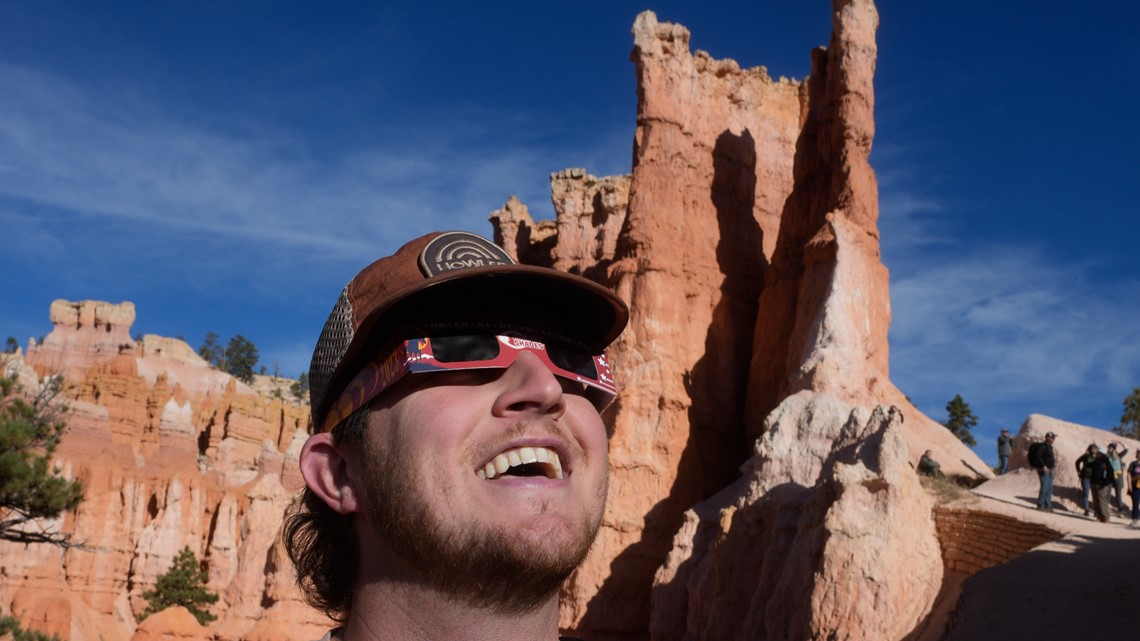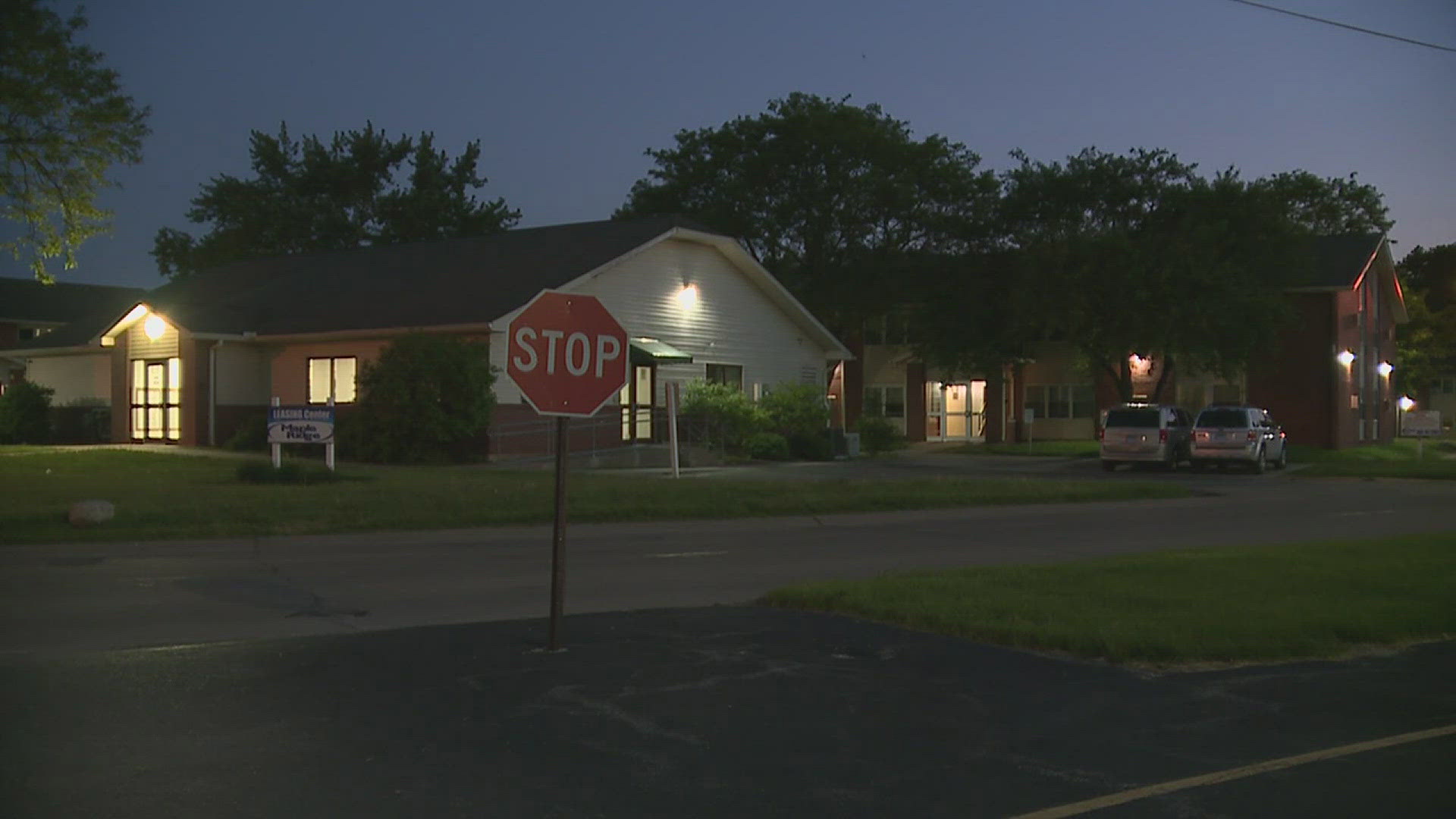WASHINGTON — First came the darkening skies, then the crescent-shaped shadows on the ground, and finally an eruption of cheers by crowds that gathered Saturday along the narrow path of a rare “ring of fire” eclipse of the sun.
It was a spectacular show for some parts of the western United States as the moon moved into place and the ring formed.
The celestial show, known as an annular solar eclipse, briefly dimmed the skies and captured the attention of sky gazers along a narrow path between Oregon and Texas.
Saturday's eclipse was a preview of the total solar eclipse that will sweep across the eastern half of the U.S. in six months.
The last time the U.S. saw a solar eclipse of this kind was in May 2012.
It will be 2039 before another ring of fire is visible in the U.S., and Alaska will be the only state then in the path of totality. And it will be 2046 before another ring of fire crosses into the U.S. Lower 48.


For many in the U.S., annularity began at 9:15 a.m. to 11:50 a.m. in local time zones on Saturday, Oct 14., according to NASA.
The entire eclipse — from the moment the moon starts to obscure the sun until it’s back to normal — lasted about 2 1/2 to three hours at any given spot.
For some, the "ring of fire" was as brief as 30 seconds or as long as 5 minutes.
With the presence of cloudy skies, a NASA livestream of the phenomenon reported it in Eugene, Oregon, shortly after 9:15 a.m. local time. This came over an hour after a partial eclipse set in.
From there, it will headed downward across Nevada, Utah, New Mexico and Texas. Parts of Idaho, Arizona and Colorado also caught a glimpse at the "ring of fire."
The celestial event brought eclipse watchers from around the U.S. to remote corners of the country to try to get the best view possible.
For the small towns and cities along its narrow path, there was a mix of excitement, worries about the weather and concerns they'd be overwhelmed by visitors flocking to see the celestial event, also called an annular solar eclipse. Clouds and fog threatened to obscure the view of the eclipse in some western states, including California and Oregon.
As totality began in Eugene, Oregon, oohs and ahs combined with groans of disappointment as the eclipse was intermittently visible, the sun’s light poking through the cloud cover from behind the moon only at times.
In New Mexico, the sky was crystal clear, giving tens of thousands of spectators an unfettered view. They got a double treat since the eclipse coincided with an international balloon fiesta that draws close to 100,000 spectators for early morning mass ascensions of hundreds of colorful hot air balloons.
Organizers gave out 80,000 pairs of viewing glasses Saturday morning. There were hoots, hollers and yelps as the ring formed and hot air balloon pilots used their propane burners to shoot flames upward.
With any solar eclipses, it's important to remember safety measures for your eyes.
Because the sun is never fully covered during an annular eclipse, it's not safe to directly look at the sun. Eclipse glasses, if you have any on hand, are always recommended to protect your eyes.
Cameras — including those on cellphones — binoculars, or telescopes need special solar filters mounted at the front end.



